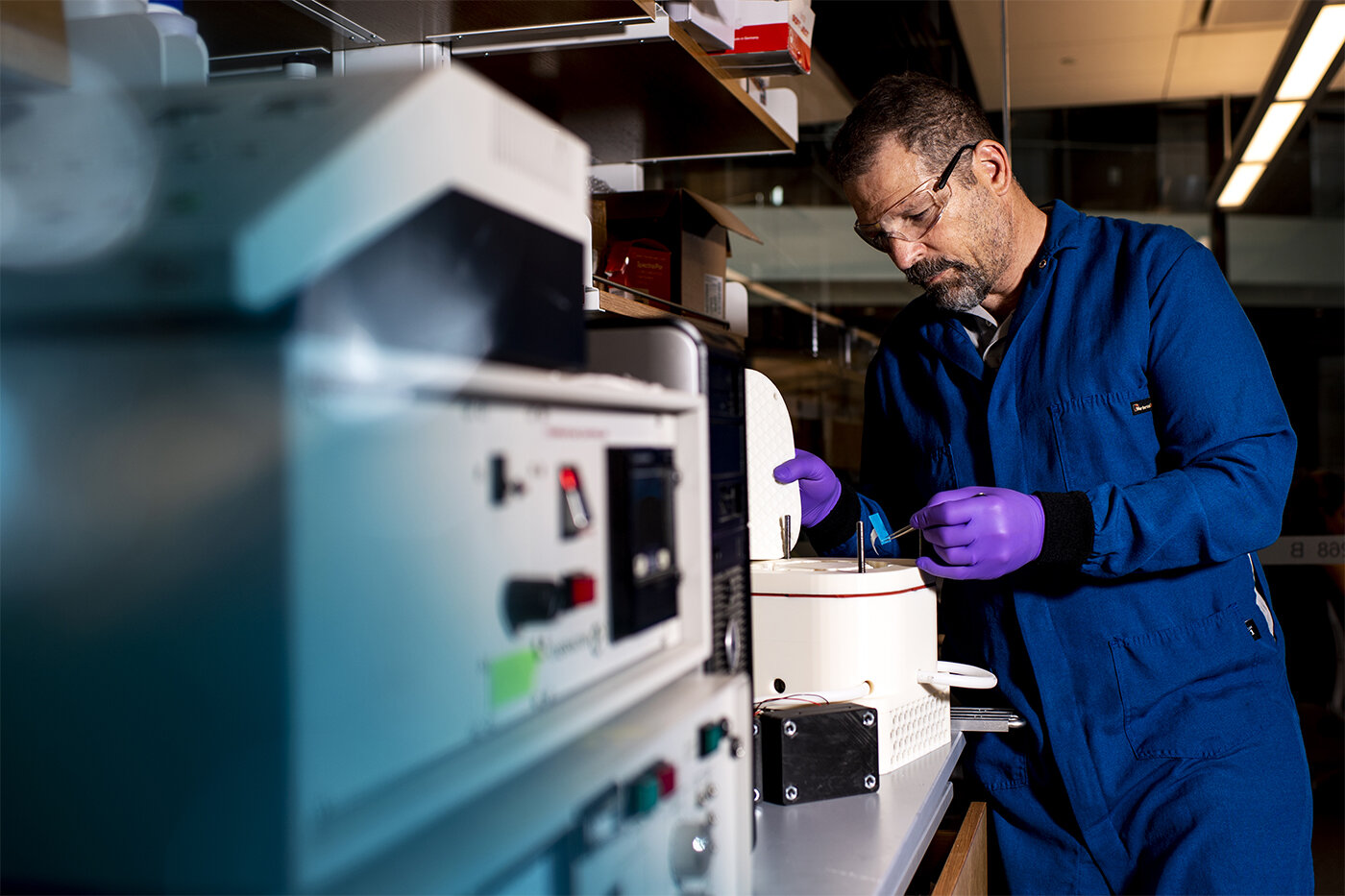Collagen — it makes you or breaks you. Quite literally. The most abundant protein in the human body, collagen forms the integral part of connective tissue. Without collagen, our tendons, bones, muscles, skin, and ligaments would not have structure, leaving us veritably shapeless. Collagen also manifests in blood vessels, cardiac muscles, and even the dentin in our teeth. Omnipresent collagen is, indeed, the all-important, load-bearing molecule.
With collagen being integral to so many organ systems in the body (not just of humans, but all vertebrates), the correct functioning, organization, and retention of native properties seems indispensable. From nanoscale to macroscale, the organization of collagen is responsible for providing optimal mechanical properties. Due to its undeniable importance in biological functions, numerous attempts have been made to manufacture collagen synthetically. Production of aligned layers of collagen fibrils has widespread application within the field of tissue engineering since aligned fibrils can be used for producing organized scaffolds in general cell culturing and for producing de novo engineered load bearing grafts.

To date, scientists have failed to produce collagen fibrils that are biocompatible and that match native alignment. Attempts using ammonium vapours added toxicity, which translated to bioincompatibility, and excessive dehydration of collagen monomers resulted in collagen fibrils of very poor quality, rendering them useless.
Jeffrey Ruberti, Professor of Bioengineering at Northeastern University, broke this impasse. After 10 years of concentrated research, Ruberti discovered a means to overcome the hurdles of alignment and biocompatibility. He found a simple, cell-free method to produce collagen fibrils from concentrated monomers, using a method that controls the initial organization of collagen fibrils.
Ruberti’s revolutionary method sparks the production of collagen by precipitating fibrils from liquid crystalline collagen. The method generates fibrils with native organization and natural load-bearing structures. Aside from alignment, Ruberti’s method can control thickness, making it a superb candidate for artificial tissue engineering application. And, since no toxic materials are used, the resulting collagen is biocompatible.
Dr. Ruberti’s determination to obtain optimal quality and mechanical strength without compromising on biocompatibility truly makes this invention a radical one. “Synthetic” collagen production is here, and here to stay.
Invented Here! Event Information
The 2019 Invented Here! Award Event will be held on November 6th from 6:00 – 9:00pm at the Exchange Conference Center. The evening includes a networking reception, interviews with Featured Inventors, and a chance to connect with forward thinking professionals from across the region.
Come join us as we celebrate Northeastern inventorship and New England innovation! Click here for more information.
Written by Divya Parikh.
